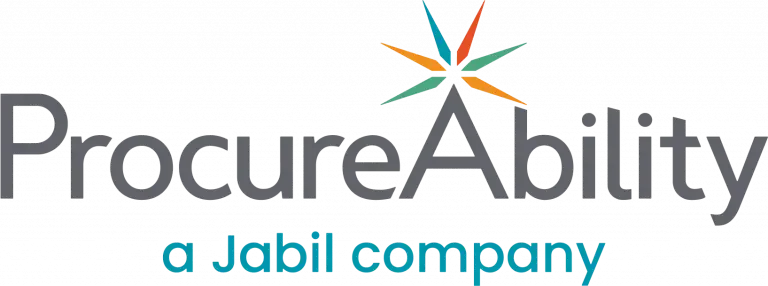
Category Management is a powerful procurement strategy that drives long-term value, reduces complexity, and improves supplier performance. But not every organization is ready to take the leap. Before implementing a Category Management framework, it’s important to assess whether your procurement function has the visibility, planning discipline, and value mindset needed to make it successful.
The following diagnostic areas serve as a Category Management readiness checklist for procurement leaders.
Supplier Visibility
Visibility into your supplier base is a critical first step. Without accurate, real-time data, it’s difficult to develop effective category strategies. Ask yourself:
- Can you immediately identify your top 10 suppliers by spend and understand what each contributes?
- Do you know how many suppliers you have in high-impact categories like IT?
- Can you distinguish between those providing hardware, software, and professional services?
- Are there overlapping suppliers or direct competitors in your supply base?
- Can you clearly separate suppliers offering consulting services from those offering temporary labor?
If you can’t answer these questions quickly, your procurement team may lack the spend management analytics and data infrastructure needed to support category-based strategies. Many organizations turn to Procurement Managed Services to close these gaps.
Strategic Procurement Planning
Category Management requires a shift from reactive buying to strategic planning Leaders should check whether their teams:
- Align category strategies with business unit goals
- Assess supplier risk and forecast demand regularly
- Engage stakeholders in long-term planning
- Strengthen supplier relationships beyond transactional needs
If your team is primarily focused on short-term procurement activities without input from key stakeholders, your organization may not be ready to fully adopt a category approach.
Value Beyond Cost Savings
Procurement teams that succeed with Category Management think beyond one-time savings. To test readiness, ask:
- Do supplier partnerships deliver ongoing value beyond cost-cutting?
- Are savings retained over time through strong supplier governance?
- Does procurement evaluate innovation, sustainability, or diversity as part of supplier value?
If your organization regularly achieves savings through negotiation, only to lose them due to weak supplier governance or lack of follow-through, your supplier relationships may be transactional rather than strategic. This limits the value procurement can deliver.
Why Readiness Matters
The ability to answer these questions matters because it reveals how much control your organization has over its spend. With the right category insights, you can simplify demand, eliminate redundancies, consolidate suppliers, and negotiate better terms. These are foundational capabilities for any high-performing procurement team.
A Scalable Approach to Category Management
While Category Management may sound like a major transformation, it doesn’t need to disrupt your entire procurement function. Many organizations begin with a pilot in one or two high-impact categories. This allows them to demonstrate value quickly and build momentum for broader adoption. Whether you choose a phased or enterprise-wide implementation, the goal is the same: to shift procurement from a tactical function to a strategic business partner. If your procurement team is struggling with fragmented supplier data or transactional relationships, now may be the right time to explore a more strategic path forward.



